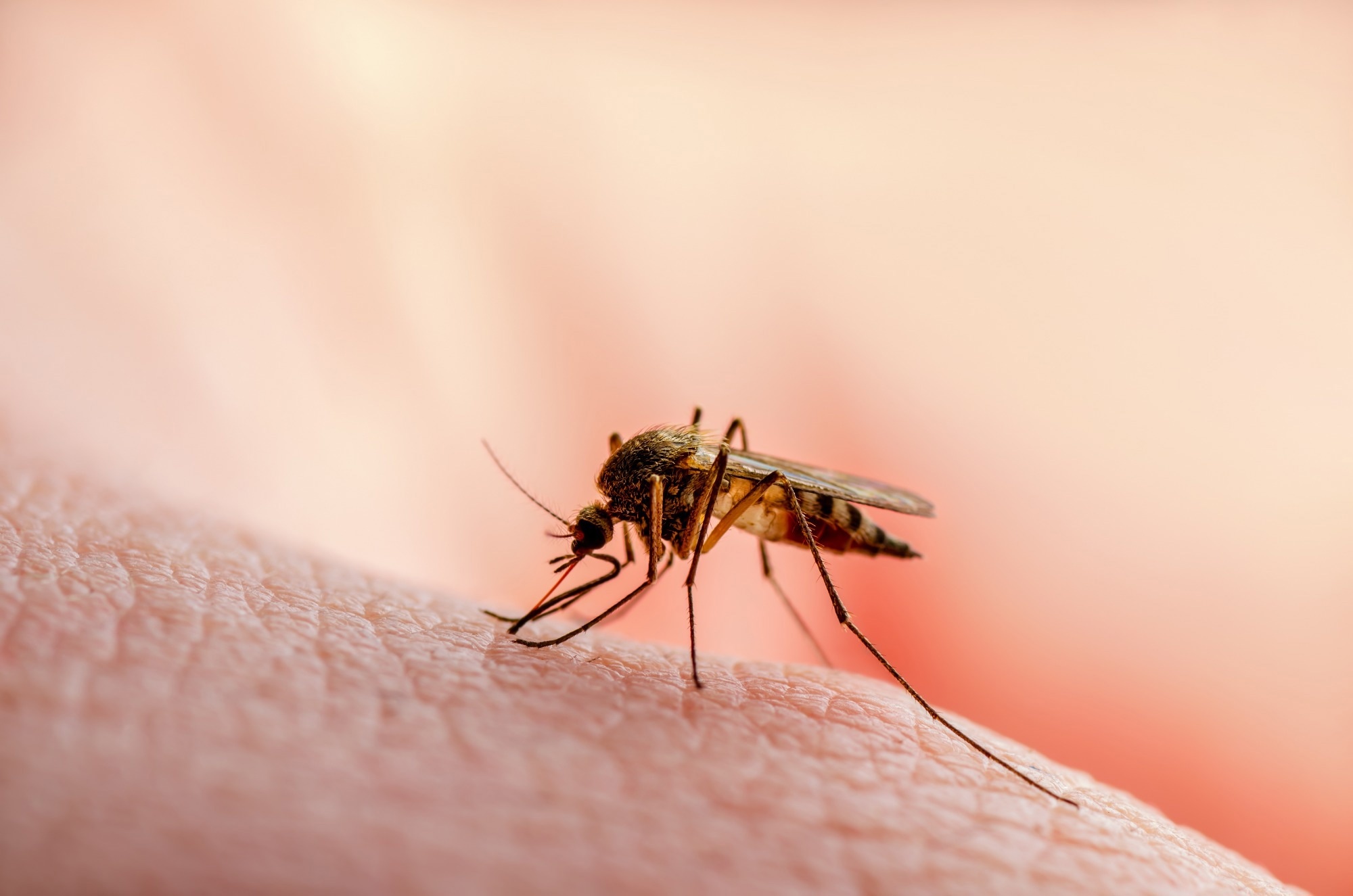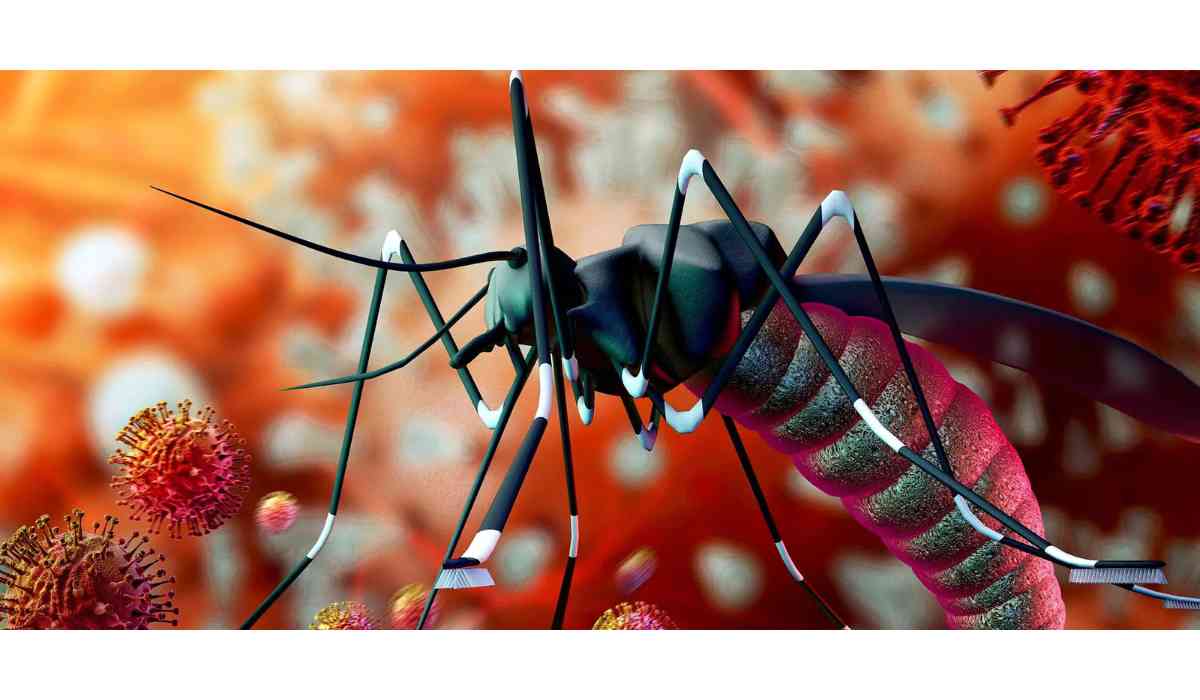As the Earth's temperature continues to rise due to climate change, mosquitoes are gradually moving to higher altitudes, expanding their range and potentially exposing new areas to mosquito-borne diseases. This trend has been observed in various regions, from the tropical highlands of South America to densely populated parts of eastern Africa. Scientists, like Manisha Kulkarni from the University of Ottawa, who studies malaria in sub-Saharan Africa, are concerned that communities living in places where mosquitoes were once rare could now face the risk of diseases like malaria. Similar shifts in mosquito populations have been seen in other locations, such as Hawaii, where native birds were displaced from lower-altitude habitats as mosquitoes carrying avian malaria moved to higher grounds. However, most research on this phenomenon focuses on Africa, where the majority of malaria-related deaths occur.

Although there has been a 29% global decline in malaria deaths from 2002 to 2021, the numbers remain high, especially in Africa, where children under five account for 80% of all malaria-related fatalities. In 2021, the World Health Organization reported 247 million malaria cases, with Nigeria, the Democratic Republic of the Congo, Uganda, and Mozambique accounting for almost half of them. Experts, like Doug Norris from Johns Hopkins Bloomberg School of Public Health, confirm the connection between climate change and mosquito distribution changes. However, predicting how these shifts will affect human populations in the future is challenging due to various factors, including temperature, humidity, rainfall, and human interventions like bed nets and insecticides. Jeremy Herren, a researcher at the International Centre of Insect Physiology and Ecology, shares this view, stating that although there's evidence of climate change influencing mosquito habitats, it remains difficult to accurately predict how malaria will spread.

In Kenya, significant changes in mosquito populations have been documented, with once-dominant species becoming nearly extinct. However, these changes are likely influenced by factors other than climate change, such as the use of insecticide-treated nets. Apart from rising temperatures, the changing climate also impacts mosquitoes through longer rainy seasons, creating better breeding habitats for them. Conversely, droughts may lead people to store water in containers, inadvertently creating ideal breeding sites for mosquitoes. Researchers have also discovered a link between falling temperatures and a drop in malaria infections in Ethiopia's highlands in the early 2000s. The relationship between malaria and temperature, and subsequently with climate change, is further supported by this research.
© Copyright 2023. All Rights Reserved Powered by Vygr Media.






















